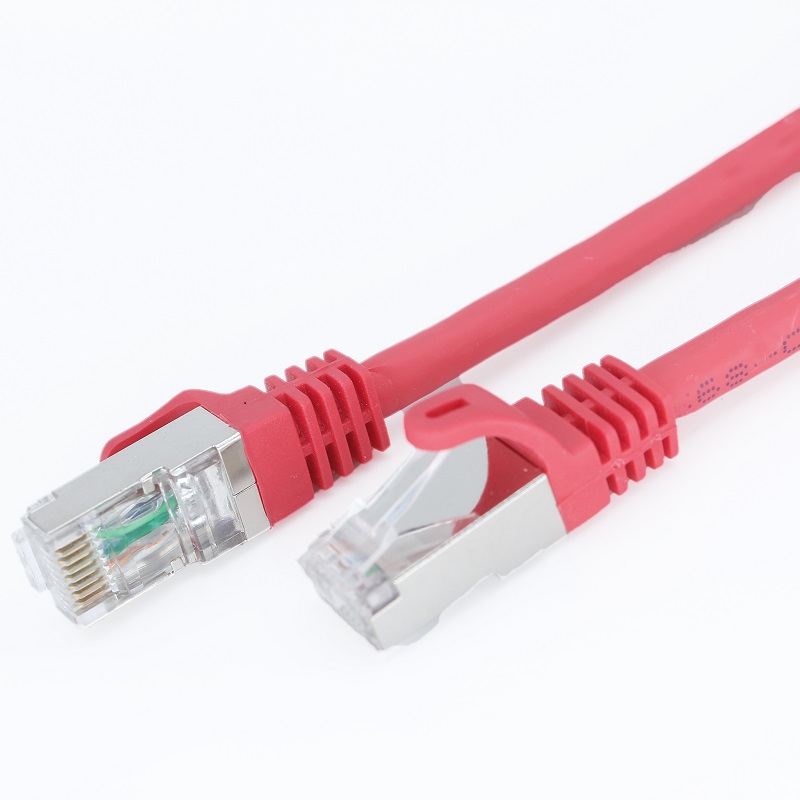When it comes to networking, choosing the right patch cable is crucial for optimal performance and data transfer. Two popular options in this regard are CAT5e and Cat6 patch cables. Although they may seem similar at first glance, there are significant differences between the two. This article aims to shed light on these differences, helping you make an informed decision for your networking needs.
1. Performance and Bandwidth
One of the key differences between CAT5e and Cat6 patch cables lies in their performance capabilities. CAT5e cables are designed to support data transfer speeds of up to 1000 Mbps (Gigabit Ethernet). On the other hand, Cat6 cables offer higher performance, with the ability to support data transfer speeds of up to 10,000 Mbps (10 Gigabit Ethernet). This makes Cat6 patch cables suitable for networks that require higher bandwidth and faster data transmission.
2. Transmission Distance
CAT5e and Cat6 patch cables also differ in terms of the maximum recommended transmission distance. CAT5e cables are typically recommended for distances up to 100 meters (328 feet), making them ideal for most residential and small office setups. In contrast, Cat6 cables can support transmission distances up to 55 meters (180 feet) for 10 Gigabit Ethernet, and up to 100 meters for lower network speeds. If you require longer cable runs or need to future-proof your network, Cat6 patch cables are the better choice.
3. Construction and Interference
Another important distinction between CAT5e and Cat6 patch cables lies in their construction and resistance to interference. Cat6 cables feature tighter twists within the cable design as well as additional shielding, which minimizes crosstalk and electromagnetic interference. This makes them more suitable for environments that are prone to interference, such as data centers or areas with high electromagnetic activity. CAT5e cables, while still effective, may be more susceptible to external interferences due to their construction.
4. Cost
Cost is often a determining factor when choosing between CAT5e and Cat6 patch cables. Generally, Cat5e cables are less expensive compared to Cat6 cables. However, it is important to consider the specific requirements of your network before making a decision purely based on cost. If your network demands higher performance, faster speeds, and longer transmission distances, investing in Cat6 patch cables may be a more cost-effective solution in the long run.


Summary:
In summary, CAT5e and Cat6 patch cables have distinct differences that should be considered when designing or upgrading a network. Cat6 patch cables offer superior performance, higher bandwidth, longer transmission distances, and better resistance to interference, making them suitable for demanding network environments. While Cat5e patch cables are sufficient for many residential and small office networks, investing in Cat6 cables may provide better future-proofing and performance for more advanced networking needs.


